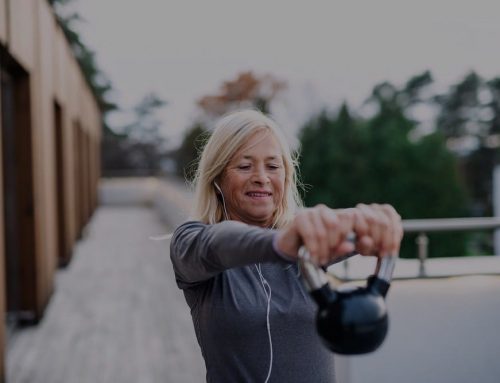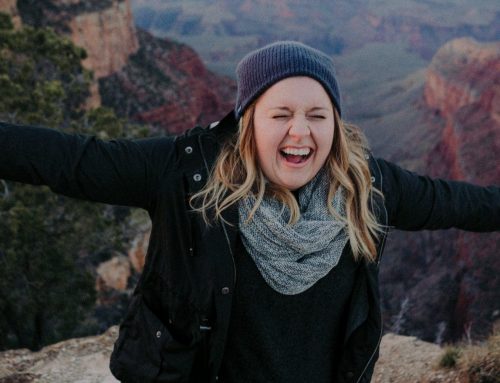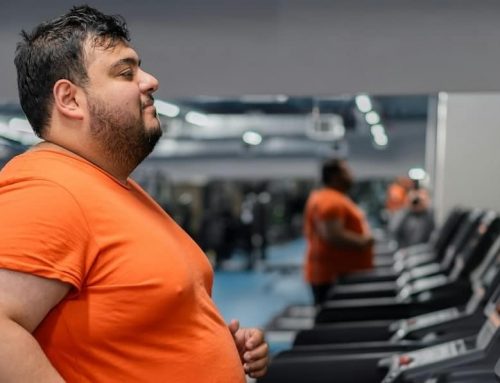Life goals, change, and getting in shape don’t stop just because it is cold out! As much as we may want to hibernate away in the winter, our fitness and health goals are still there and they still need attention when the mercury dips.
I came across an article at Infinitely Wild by Wes Siler about how to dress warm for the elements without breaking the bank and I decided you guys should have this information so I summed it all up for you here! Don’t let the cold be your excuse for missing your fitness goals, follow these easy and inexpensive tips on how to stay warm at our winter fitness camp activities or any time you are outdoors!
Cover up!
Seriously. Exposed skin is cold skin, whether it is your head or your legs you need protection from the elements. You need a hat on your head, a scarf on your neck and something more on your legs than a pair of jeans!
That said, let’s not go crazy and turn in to Randy on A Christmas Story, we don’t need to be constricted by warm weather clothing. What is the point of fitness in the winter if you can’t move?! The key to warmth in the winter is layers, but more is not always better. Your blood needs to be able to flow to keep you warm and restrictive layers or too many layers will impede this process. So, let’s look at the best way to layer for warmth during winter!
- Pants
A word about pants here, depending on the activity you can get away with jeans or a hiking pant, every outdoor clothing company makes a great pair of hiking pants, it really just is your preference. If you are going to be wet, I would splurge on a pant shell, something lightweight and water/wind proof. Just make sure it has vent zips in the legs to let the heat out if you get too warm! - Wool Is Your Friend!
The thing about wool is that it wicks the moisture away from your body while it keeps you toasty warm and that wicking factor is important! Winter workouts work up a sweat still and being cold and wet is just a bad combination, that is how people get sick. So, make that base layer something that will wick away the moisture and not keep that sweat stuck on your skin. Warmth is secondary to staying dry on this layer, so go for something that will keep you dry. There are all kinds of wool and synthetic blends out there for you to choose from, merino and merino blends are a fantastic choice here! Just avoid cotton it absorbs moisture and will keep the moisture stuck to your skin, which will keep you cold. This layer is great for all your winter activities, I wear a thin base layer all the time in the winter. It is the difference between being - Mid Layers Matter
After you have figured out a base layer the next most important layer is your mid layer. While we are keeping your skin dry we want to keep you warm! Think cozy for mids, wool sweaters and puffy down jackets. This is where you want to be able to shed or add to your layers as the temperature changes or your activity level changes. A wool sweater that is form fitting, covered by a nick thick wool sweater, followed by a vest or a jacket. Now, if you are out there exercising your ability to move matters a lot. So, maybe a form fitting sweater with a down vest or fluffy down jacket would be your best option to keep you warm and to keep you mobile. Fleece sweatpants are a great option here too. You want to make sure you are able to keep warm, but you also don’t want to be hindered by your clothing or lugging a ton of extra sweaters and layers around. Form fitting doesn’t mean skin tight, it means that it is snug on you without constricting you. If you know you are going to be working hard, go for the vest it will keep you warm without overheating. - Shells Protect
Just like a turtle needs its shell for protection, you need a shell to keep the elements off of you! Winter weather is tricky and shells help keep you warm and safe from the elements. There are two options here, a soft shell and a hard shell. The soft shell is going to be exactly that, soft. It is going to keep most of the wind out and most of the rain out and is going to be the most comfortable when it comes to moving. The hard shell is typically wind and water proof, they are stiffer and thinner than their soft counterparts. If it is going to be a wet and soggy winter day, go for the hard shell. Make sure your shell has pit-zips! Yes, they are exactly what you are thinking, zippers built in to the armpit so that you can regulate your temperature if you get too hot. - Feet
A word about feet: More Is Not Better! As in more layers, resist the urge to just pile on 5 pairs of socks, just don’t do it! All you need is one silk layer next to the skin and one thick wool sock over that. No more than that! Again, cotton is NOT your friend here you will just end up with very sweaty and very cold feet the minute you stop moving. Be sure to invest in a boot or shoe that you can comfortably navigate the snow with and one that is waterproof, nobody wants uncomfortable feet when they are out in the elements, that right there is a fun killer! - Hands
Same principles apply to hands here, one thin layer of a silk glove liner and one thicker glove over that. If the liner of your glove is cotton, you’re going to have some sweaty wet hands and that is not fun once you stop moving or if you have to take your gloves off. - Head
Keeping your head covered is important and once again wool is your friend. When wool gets wet, it stays warm and it doesn’t lose its insulation that is the main reason it has been mentioned over and over in this post. Just like the rest of you, you want to make sure your head and neck are warm and won’t freeze if it gets sweaty. Just a wool simple skull cap and wool scarf will do to keep the elements off of your head and neck.
For some people winter fitness means gyms, memberships, classes, and treadmills, they would rather hibernate indoors than get out and brave the elements and there is nothing wrong with that. But, for the rest of you that want to face winter head on, whether at Unite Fitness Camp or with your at home winter fitness program layer up, keep it wool, and keep warm!








